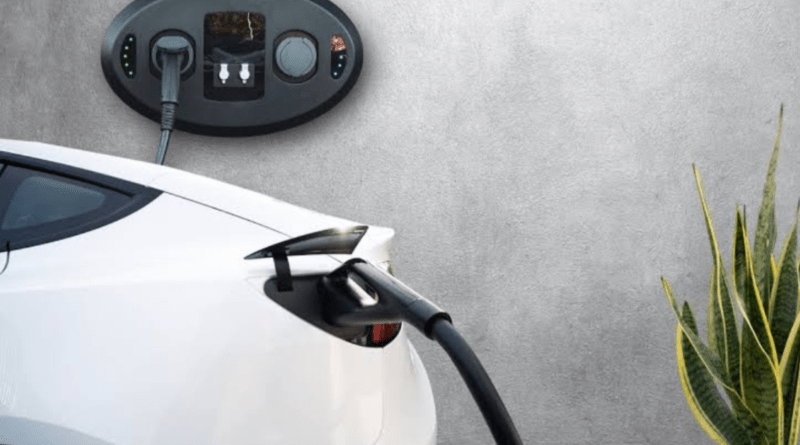This Is How Much Energy A Tesla Needs To Be Charged.
We’re delving deeply into the electrical requirements for each choice because the Tesla car line has varying power requirements to charge its batteries.
Do you possess a Tesla, or are you thinking about getting one?
Are you hoping to save money and lessen your influence on the environment by driving an EV? The cost reductions over the course of car ownership are among the main arguments in favor of purchasing an electric vehicle.
Annual savings are influenced by a number of compounding factors, including your EV model, gasoline prices, and energy programs. On the other hand, converting to an electric vehicle can result in significant cost savings.
What connection does all of this have to Tesla’s electricity usage, then?
“How much electricity does it take to charge a Tesla?” is the most frequently asked question while looking for an electric vehicle.
“How many kilowatt-hours (kWh) are needed to charge my Tesla?”
This is a more specific query. Tesla owners can efficiently optimize charging expenses if they can maximize electricity usage and reduce the amount of time needed to charge their vehicle. We’ll go over everything you need to know about how much electricity your Tesla needs to be charged in detail here.
The Tesla model you’re charging, its battery capacity, and the charging technique you choose will all affect how many kWh you need to charge it.
The kWh needed to charge each of the available Tesla models has been broken down.
Model S Tesla: Tesla’s lineup of mid-size luxury sedans is called the Model S. It is the longest-range vehicle offered by the firm. There is a standard model and a Model S Plaid available for the Model S. The battery of the standard Model S needs 114 kWh to fully charge, providing 405 miles of driving range. The Model S Plaid’s battery can be charged at 116 kWh, providing the user with a driving range of 396 miles.
Model 3 Tesla: Summer 2017 saw the release of this mid-size EV on the automotive scene. Three trim levels are available to buyers: performance, long-range, and RWD. The Tesla 3 RWD’s battery can be charged with 70 kWh, providing owners with a 272-mile driving range. The Tesla 3 Long Range’s battery has a driving range of 358 miles and costs 86 kWh to charge. Last but not least, the Tesla 3 Performance has a 315-mile driving range and requires 94 kWh to fully charge its battery.
Model X Tesla: Drivers can choose a mid-size EV SUV from Tesla’s Model X lineup. There are two trim levels for the Model X: the standard Model X and the Model X Plaid. It takes 115 kWh to fully charge the battery of the standard Model X.
Model Y Tesla: The Model Y, the newest electric vehicle from Tesla, is available in two trim levels: Model Y Performance and Model Y Long Range. 91 kWh of energy are needed to fully charge the battery of the Model Y Long Range. The 92 kWh needed is for the Model Y Performance. When fully charged, the driving range of the Long Range and Performance trims is 330 and 303 miles, respectively.




